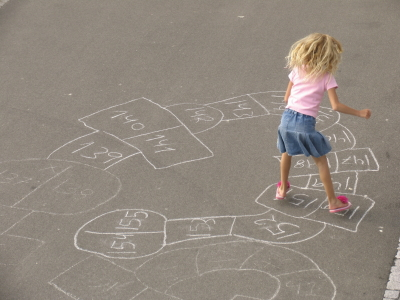As a child, I longed to own a set of World Book Encyclopedias so I wouldn’t have to beg my mother to drive me to the local library whenever I was assigned a school report. I imagined the ease of doing research in my very own home. Over the years, encyclopedia salesmen in felt fedoras and suspenders came calling at our house. I’d listen in on the conversation between the screen door as my mother kindly said, “We’ll think about it,” knowing full well that meant NO. Why have something that takes up so much space and costs so much money when you can borrow it for free?
But the encyclopedia salesmen all did something that forever changed the trajectory of my academic knowledge. So that my mother had something to ponder and peruse, they each gave her the “A” volume to try out. “No obligation to buy and you can keep it even if you determine you don’t want the rest,” they’d promise.
That’s how my family came to own the ‘A’ of Encyclopedia Brittanica, Colliers Book ‘A’ and the ‘A’ volume of World Book Encyclopedia, which meant that when my 4th-grade teacher assigned animal reports, I did mine on the aardvark. When my 7th-grade teacher’s fall project was countries of the world, I chose Argentina. Throughout my childhood, I did reports on the Amazon, Arizona, Agamemnon, Anteaters, Abigail Adams, Arches National Park, Jane Austen, Argon, and Attila the Hun.
Of course, I often needed more than one source, so I still had to spend time thumbing through card catalogs and wandering the stacks in a quest to follow the trail of the Dewey decimal system. But those encyclopedias always got me started in my quest for the quickest report.
Today, however, access to information is too easy. If I can’t recall the habitat of the aardvark in casual conversation, it’s available in seconds on my smartphone. When my children ask a question that I can’t immediately answer, I say “look it up” and they do. Then and there. I don’t have to say, “Let’s look that up when we get home,” or “Hold that thought until Tuesday when we should have time to swing by the library.”
Now, while we’re driving through Yosemite, we can investigate the history of Half Dome from the safety of our car. No need to read the plaque at the crowded viewpoint by the side of the road. While we’re hiking along the cliffs, we can determine the height of Bridal Veil falls and know within seconds the amount of water that has cascaded over the cliff since the last snowstorm while someone else in our party looks up the visual differences between poison oak and poison ivy as we attempt to stay on the beaten path. That is, of course, if I would let them take their phones out and would stop preaching about being present and pointing out the people who are about to walk off a precipice while checking their email or taking selfies on moss-covered rocks over a dangerous crevasse.
But that is a different story.
When my now college kids first began using computers for elementary school projects, we had to remind them to fact check. Wikipedia can be wrong. But Wikipedia was then the main place where tricks were played with on-line information. Lately, we all have to be careful as we sift through articles, considering sources and their biases or motivations behind downright lies. It’s said that the main way to tell if something is real is if it is publically available on several different sources, which means that, while we may now have the ease I always dreamt of with access to research materials available in our own homes, the work is in many ways more difficult.
Different online sites often repeat the same information verbatim and it is tricky to find the original source and to know if it is accurate. Access to information today means too there is a massive amount of material floating in the cloud of infinite capacity. Top sites can have been boosted with ad dollars. I am less trusting and less certain of the facts I grew up believing as new information surfaces. Are these “facts” for real? Unfortunately, our children are having to learn through their academically formative high school and college years that dark forces lurk in the world of information.
Adding to the challenge that technology has presented us, students often use submission programs like Turn-it-in.com. It is a great way for teachers to check for plagiarism, but now portions of the report my daughter wrote on the Revolutionary War in AP US History four years ago can’t even be used in her college history class because she’d be plagiarizing herself. Seriously! If you have a unique idea on the writings of Thomas Paine and you describe your notion brilliantly when you’re 18 and then incorporate your own thought into a paper when you are 20, you can go to campus court for self-plagiarization.
Our children already have enough stress in their lives but they, like us, now have to navigate all the false information being planted by foreign operatives and others into our newsfeeds and likely into seemingly authentic sources. I hear students complain, “No one really knows what is legit anymore.” It is true for all thinking people these days, I fear.
Sometimes I wish a salesman would come to the door and I could reduce their stress with a full 22-volume set of World Book Encyclopedias.
I often return to the wisdom learned in my 6th-grade report on Aristotle, “It is the mark of an educated mind to be able to entertain a thought without accepting it.” I tell my children to listen to ideas from all sorts of people but filter carefully. It is healthy to question and to be aware, yet I know it can’t be good for our souls to so often doubt veracity.
